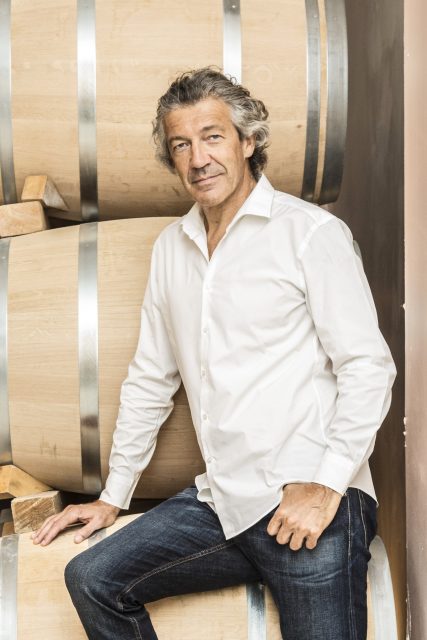This website uses cookies so that we can provide you with the best user experience possible. Cookie information is stored in your browser and performs functions such as recognising you when you return to our website and helping our team to understand which sections of the website you find most interesting and useful.
Gerard Bertrand: ‘Every detail counts’
This month sees the launch of db’s The Master Winemaker 100 guide, a report that celebrates the stars of the wine world. Db talks to legendary winemaker Gerard Bertrand about the importance of detail in winemaking and quality control.

One of the best known is Gerard Bertrand, the renowned LanguedocRoussillon winemaker whose Masters winning wines include Château La Sauvageonne La Villa and the world’s most expensive ultrapremium rosé, Clos du Temple.
It is, he says, “an honour” to be recognized for the work he has dedicated his life to and “a great highlight for the wines of the South of France, of which I consider myself one of the fervent ambassadors.”
“The Global Masters are part of the competitions we participate in because we consider the series to be among the most serious competitions in the world, both in terms of instructions and process, but also in the choice of the jury of experts gathered,” Bertrand said.
“It is very stimulating and it is a real satisfaction and a great encouragement when we see that our wines, stand out when tasted blind by great experts,” he says. “For all wine amateurs, these competitions are very important – expert opinions are very important to set us apart among consumers. Whether it is through the pages of a magazine, on a medal sticker worn on a bottle, by the advice of a sommelier at the table, these prescriptions can encourage a discovery, or confirm a choice,” he says.
A major advocate of biodynamic winemaking, Bertrand’s mission is demonstrate that rosé can be an exceptional wine, “on the same level as a great white wine or red wine, as long as it is elaborated with great precision and that it comes from a remarkable terroir.”
Quality control is a key aspect of achieving this goal and the winemaking team is equipped with a WineScan from FOSS analytical, the sponsor of The Master Winemaker 100.
“This tool allows us to analyze our wines very precisely by monitoring several parameters, such as total alcoholometric volumes (TAV), carbon dioxide (CO2), sulphur dioxide levels (SO2), total acidity and pH,” he explains. “It allows us to have a rigorous control of our winemaking process.”
“Every detail counts: from the vine to the bottle, the hand-harvest, the parcel selection, the choice of the barrels, a part vinified in concrete vats, the ageing in barrels, and, of course, the blending – an art to which I love to devote myself.”

